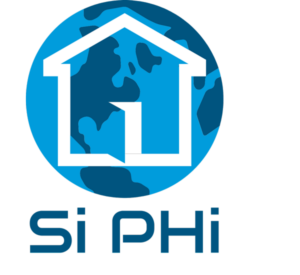Advocacy and Regulation Environment
State Analysis Objective: To understand the existing home inspection regulations, standards, and practices across each state or jurisdiction.
Activities:
- Comprehensive research on current licensing requirements, standards of practice, and codes of ethics for each state.
- Identification of states with stringent vs. lenient regulations.
- Analysis of the implications of these varying standards on the industry and consumers.
Stakeholder Identification Objective: To pinpoint key decision-makers, influencers, and potential allies within the industry.
Activities:
- Listing regulatory boards and committees related to home inspection in each state.
- Identifying political representatives with interests or oversight in housing, real estate, or related sectors.
- Highlighting influential industry figures or organizations that align with SiPHi’s goals.
Benefits Analysis Objective: To communicate the advantages of unified standards and reciprocity effectively.
Activities:
- Comparing outcomes in states with robust standards vs. those without.
- Demonstrating how unified standards can lead to higher quality inspections, increased public trust, easier cross-state operations for inspectors, etc.
- Forecasting the economic and safety benefits of industry-wide standardization.
Strategies
- Engagement: Regular meetings and communication channels with regulatory bodies and stakeholders to foster understanding and collaboration.
- Education: Conduct seminars, workshops, and presentations to educate stakeholders on the benefits of standardized practices. This includes benefits to inspectors, the real estate industry, and most importantly, to consumers.
- Collaboration: Partner with local inspection associations or industry groups. Their local expertise and influence can be invaluable in advocacy efforts.
- Visibility: Attend and participate in industry conferences, forums, and public consultations related to housing and real estate regulations.
- Policy Recommendations: Draft and propose detailed policy recommendations or modifications to existing regulations. Ground these recommendations in the research from the state analysis and benefit analysis, showcasing clear advantages.
